– By Mehjabeen Kaur Ahmed


On 15th August 2021, with the fall of Kabul, the Taliban restored their foothold in war-torn Afghanistan. This raised serious security concerns for its immediate neighbors, along with the rise of a narco-state in the near vicinity. With grave implications for India, this article discusses Taliban’s connection with the operative drug nexus in the region and the consequential threats it augments for the country.
Afghanistan has had a long history of opium (poppy) cultivation and harvest, roughly since the 1980s. Opium forms the basis for several highly addictive drugs, including heroin. Since 2001, Afghanistan is the world’s leading illicit opiate producer and supplier. According to a 2021 UNODC report, Afghanistan accounted for some 85% of global opium production in 2020, supplying some 80% of all opiate users in the world. Income from opiates in Afghanistan amounted to some $1.8-$2.7 billion in 2021 with much larger sums along the illicit drug supply chains outside the country. The production of such high quantities has to do with the consistent instability and the consequent poverty and unemployment levels in the state. Agriculture makes up around half of the economic activity in Afghanistan, while it also accounts for at least half of all employment in the country. Thus, opium cultivation provides the incentive of being more profitable than other crops, along with requiring more manpower and eventually employing more people. With the economy in crisis since 2001, more and more destitute Afghans have resorted to narcotics trade for survival, making it deeply embedded in Afghan society.
The Taliban has been involved in every aspect of this illicit drug economy. As a 2021 UNSC report suggests, the Taliban largely funded its insurgency by playing an active role in the drug trade: from cultivating to trafficking opium and heroin (and more recently, crystal meth as well) around the world, controlling the smuggling routes, as well as ‘taxing’ cultivators (10% reportedly) and drug labs and charging the smugglers fees for shipments bound for Africa, Europe, Canada, Russia, the Middle East, and other parts of Asia, and as a form of protection payments. Estimates of the Taliban’s annual earnings from the illicit drug economy range from $100m-$400m. “The drug trade accounts for up to 60% of the Taliban’s annual revenue”, remarked US commander General John Nicholson in the 2018 SIGAR Report, although some experts do differ from this view. The Taliban too, often deny their involvement in the drug industry, and take pride in having banned opium poppy cultivation for a period while in power in 2000. However, it wouldn’t be wrong to argue that the Taliban has overtime developed into a multinational drug cartel.
Although the Taliban banned poppy cultivation briefly in 2000, with the US troops taking over in 2001, the former fell right into using the nexus for its vested interests. Most of the poppy growing was concentrated in areas held by the Taliban in the subsequent years. Helmand province, for instance, had the most land used for poppy cultivation in 2020 when controlled by the Taliban. With the US and NATO troops’ withdrawal and takeover by Taliban, their spokesman Zabihullah Mujahid commented that when they were in power before, there was no production of drugs and they plan to bring opium cultivation to zero again, provided the international community helps in the same. However, given that there stand hardly any alternative modes of survival for most of the Afghan population and that the new government would need people’s support to function, such a ban seems unlikely. Moreover, major heroin kingpins such as Mullah Abdul Ghani Baradar and Mullah Khairullah Khairkhwa, are now cabinet members in the hardline government. In June 2020, Baradar even pressed for the release from U.S. jail of Haji Bashir Noorzai, the Afghan heroin trafficker whose clan originally financed the Taliban and who had close ties in places ranging from Pakistan’s ISI to the Haqqani network, as intelligence sources report. The Taliban have subsequently appealed to the Biden administration for his release.
IMPLICATIONS FOR INDIA
Geographically, India lies in close proximity to two narcotic domains: the Golden Crescent (comprising of Afghanistan, Pakistan and Iran), and the Golden Triangle (Thailand, Laos and Myanmar). While the UNODC World Drug Report 2021 mentions a decline in the latter region’s operations, the opposite is true for the former, making it a cause of concern for India, which is now experiencing an increase in drug seizures from different parts of the country during the Taliban takeover of Afghanistan.
India is one of the first countries where the smuggled drugs land after they are processed in Afghanistan and Pakistan, recently alleged to be sent to Australia and other western countries, via Mozambique, Johannesburg, Doha, Hyderabad and New Delhi, as quoted by DRI in its press release. It also provides for a safer transit option as packages from India are treated with lesser suspicion in the destination states. However, the country has clearly pointed out that it would not tolerate narcotics entering its borders, nor would let it become its pathway. Various newspaper reports along with official statements from security and anti-smuggling agencies in India provide evidence of a host of drug captures from last year. In July 2021, NCB and DRI claimed that the recent spike in seizures of highly-processed drugs like heroin and cocaine across India, especially along the western border-states, is an indicator of the growing influence of Taliban in Afghanistan. On September 12, 2021, the DRI seized 2,988.21 kg of heroin at the Mundra port in Gujarat. Then, 25 kg of heroin was seized at Nhava Sheva Port on October 7. In December, the BSF seized 40 kg of heroin in two separate incidents in the Ferozepur sector of Punjab, which shares a long border with Pakistan. The Punjab police have reported more than 150 drone sightings suspected to carry narcotics, arms and ammunition during 2019-21, highlighting that apart from land, air and sea routes, the latest trend is the use of drones. Investigations into the seizures have revealed a Pakistani link. “Pakistan acts as an intermediary and assists the Taliban in distributing the drugs all over the world, as far as the west and Africa,” argued Prateek Joshi, a foreign policy researcher at Oxford.
Thus we see that significant quantities of drugs are making their way here, both in transit to global markets and also as a final destination. Such drug infiltration into India causes a lot of problems, threatening the polity, economy and security of the state. The Smuggling in India Report 2020-21 puts forth that smuggling of narcotics and drugs not only results in the financing of nefarious activities and raises internal security issues, but also lays to waste the young generation of the nation. In India, 2.1% of the population aged 10–75, a total of 23 million people, were estimated to be past-year opioid users in 2018. K. Srinivasan, retired inspector general of police (intelligence), in an interview to The Week Magazine claimed that the ISI was targeting the Kashmiri youth with drugs, just like it did in Punjab. At the same time, terror groups active in these states used drugs and money to entice new recruits. There are many cases at various stages of investigation linked to Pakistani terrorist groups like the Jaish-e-Mohammed (JeM) and Lashkar-e-Taiba (LeT) and Khalistani outfits (KLF). Subsequently, former Punjab Chief Minister Amarinder Singh remarked that heroin was being smuggled into the state from Afghanistan via Pakistan, causing harm to the State’s youth and even preventing them from joining the military. Also, it was alleged that efforts to curb terror financing wouldn’t achieve any clear results if anti-India groups like LeT and JeM managed to tap into the money from such narco-trade. Therefore in the long run, narco-terrorism would eventually damage the quality of the country’s human resource, destabilize the health systems, and weaken the security as well as the economic grid, as soon as the drug money starts floating in the Indian money market.
CONCLUSION
Thereupon, it is felt that it is a pivotal exigency to take a note of the issue and act in accordance with the circumstances. Experts point out that the detached attitude of the international community, and a global failure to adopt suitable counter-narcotic policies has contributed to the problem in many ways. As the world stands in oblivion, the prescribed antidote to the phenomenon of narco-terrorism emanating from Afghanistan under the Pakistan-reared Taliban is the formation of a truly inclusive government, possible via reaching out to the Afghans and putting a halt to the evolving economic and humanitarian crisis. India had enabled the Delhi Regional Security Dialogue on Afghanistan in November 2021 and also arranged talks with the Central Asian Republics recently, who happen to have similar aggravating concerns of a volatile neighborhood and hope to counter terrorism, terror financing and drug trafficking among other things. It is believed that global consciousness and cooperation in this regard may facilitate betterment of the situation.
References :
https://www.unodc.org/res/wdr2021/field/WDR21_Booklet_3.pdf
https://www.unodc.org/documents/data-and-analysis/Afghanistan/Afghanistan_brief_Nov_2021.pdf
https://www.dri.nic.in/main/newsupdates?ye=2021&mo=July
https://dri.nic.in/dri_report/ebook/
https://www.bbc.com/news/world-46554097
https://www.indiatoday.in/world/story/taliban-ban-opium-harvest-afghanistan-drugs-1874593-2021-11-09
https://www.orfonline.org/expert-speak/how-to-win-the-drug-war-in-afghanistan/
https://www.orfonline.org/research/the-grim-calculus-behind-afghan-tragedy/

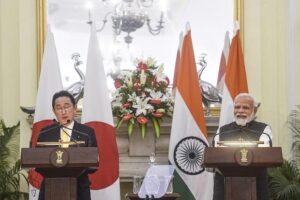

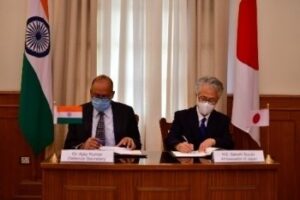

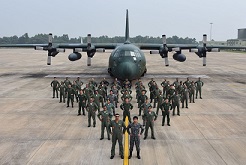


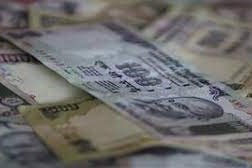
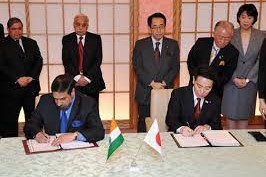

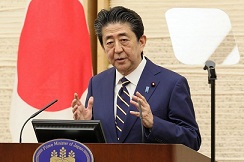
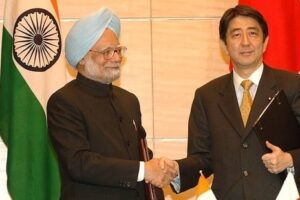
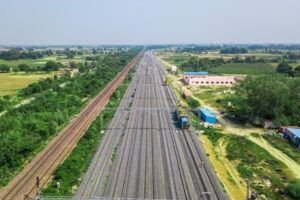
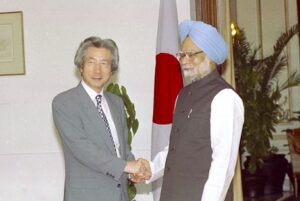
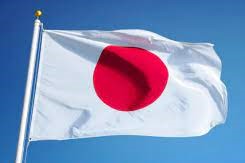
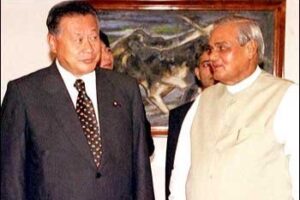
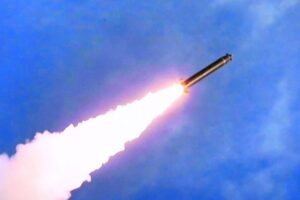
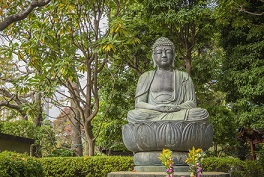



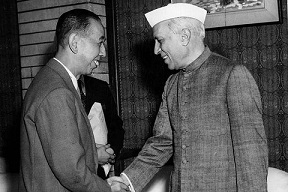







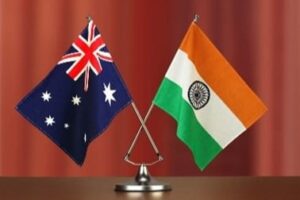
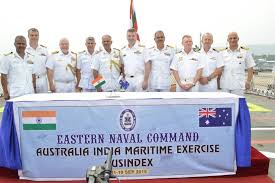

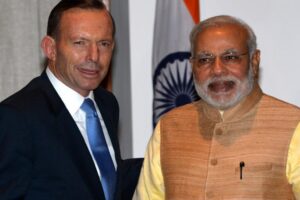





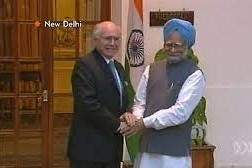
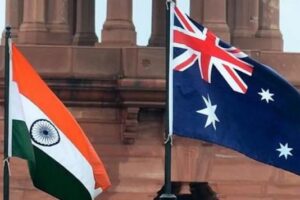
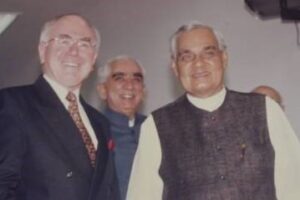
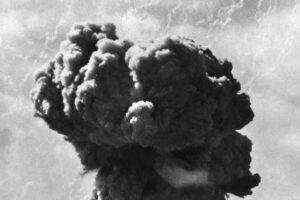
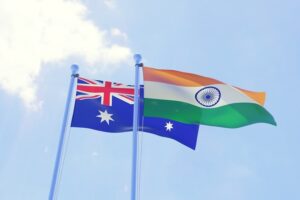

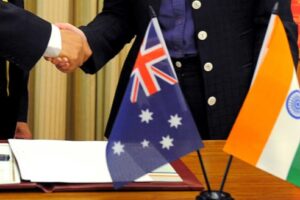



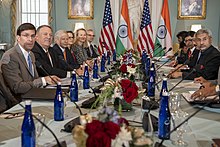

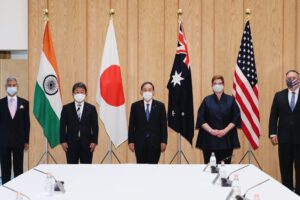

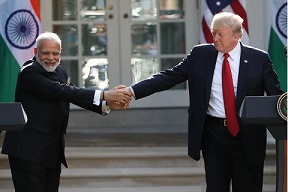
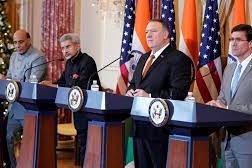
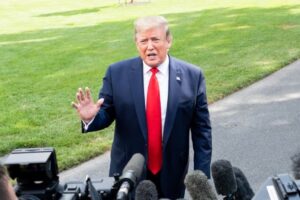
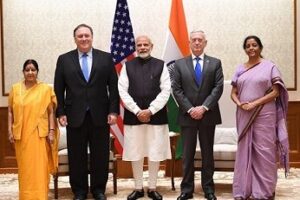
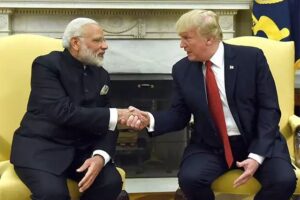
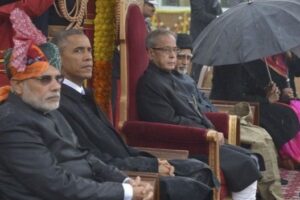

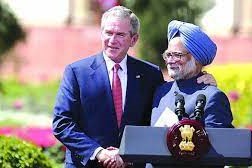
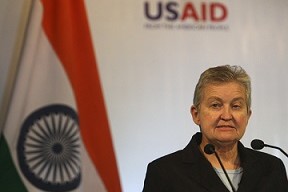
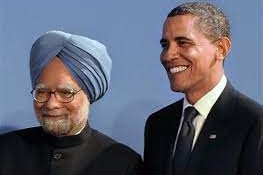
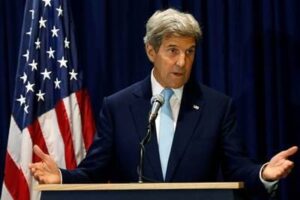

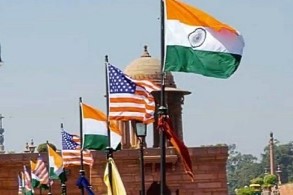
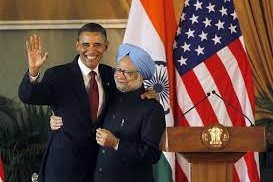

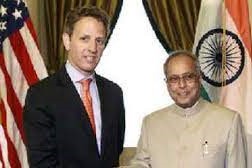
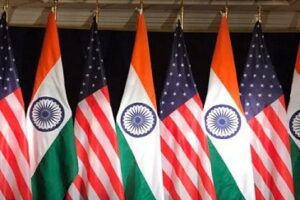
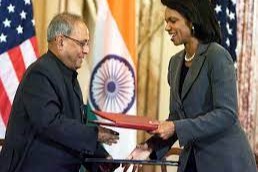

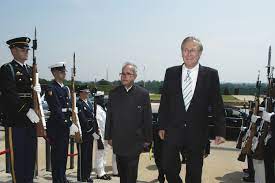


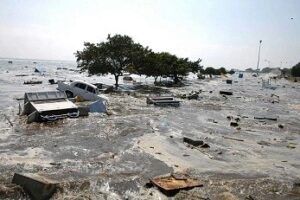
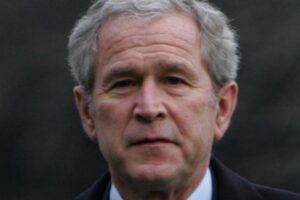
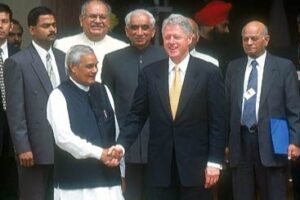
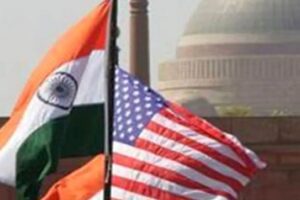
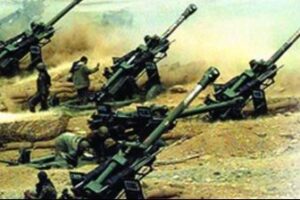
 onducted a total of five underground nuclear tests, breaking a 24-year self-imposed moratorium on nuclear testing. Pakistan followed, claiming 5 tests on May 28, 1998, and an additional test on May 30. The unannounced tests created a global storm of criticism, as well as a serious setback for decades of U.S. nuclear nonproliferation efforts in South Asia. On May 13, 1998, President Clinton imposed economic and military sanctions on India, mandated by Section 102 of the Arms Export Control Act (AECA), and applied the same sanctions to Pakistan on May 30. Some effects of the sanctions on India included: termination of $21 million in FY1998 economic development assistance; postponement of $1.7 billion in lending by the International Financial Institutions (IFI), as supported by the Group of Eight (G-8) leading industrial nations; prohibition on loans or credit from U.S. banks to the government of India; and termination of Foreign Military Sales under the Arms Export Control Act. Humanitarian assistance, food, or other agricultural commodities are excepted from sanctions under the law.
onducted a total of five underground nuclear tests, breaking a 24-year self-imposed moratorium on nuclear testing. Pakistan followed, claiming 5 tests on May 28, 1998, and an additional test on May 30. The unannounced tests created a global storm of criticism, as well as a serious setback for decades of U.S. nuclear nonproliferation efforts in South Asia. On May 13, 1998, President Clinton imposed economic and military sanctions on India, mandated by Section 102 of the Arms Export Control Act (AECA), and applied the same sanctions to Pakistan on May 30. Some effects of the sanctions on India included: termination of $21 million in FY1998 economic development assistance; postponement of $1.7 billion in lending by the International Financial Institutions (IFI), as supported by the Group of Eight (G-8) leading industrial nations; prohibition on loans or credit from U.S. banks to the government of India; and termination of Foreign Military Sales under the Arms Export Control Act. Humanitarian assistance, food, or other agricultural commodities are excepted from sanctions under the law. 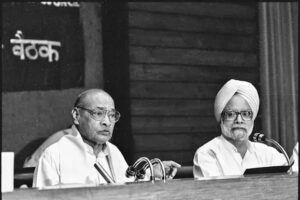
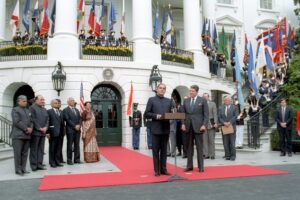
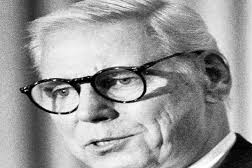

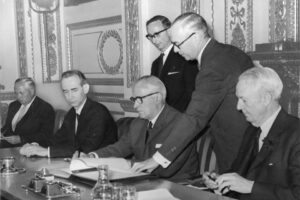
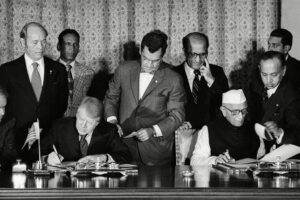
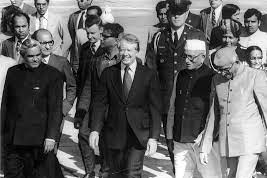
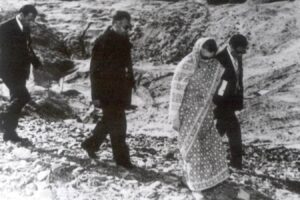
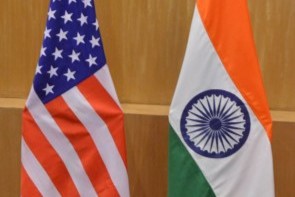


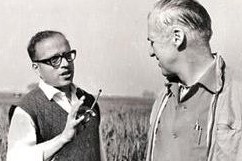
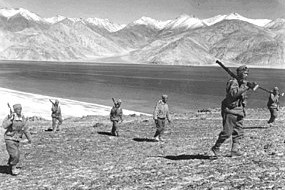

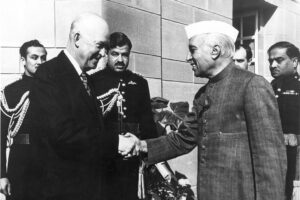

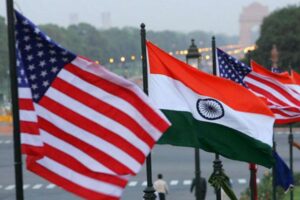
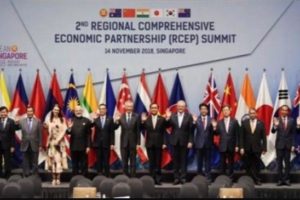 The first ministerial level meeting of QUAD was held on the sidelines of the United Nations General Assembly in New York. Before this, the QUAD had
The first ministerial level meeting of QUAD was held on the sidelines of the United Nations General Assembly in New York. Before this, the QUAD had AusIndEx is an exercise between India and Australia which was first held in 2015.The Australian
AusIndEx is an exercise between India and Australia which was first held in 2015.The Australian 
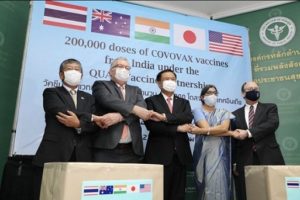






 On recommendations of the Japanese government, the four countries met at Manila, Philippines for ASEAN Regional Forum (ARF) originally, but also ended up having a meeting of what we call the first meeting of four nation states on issues of
On recommendations of the Japanese government, the four countries met at Manila, Philippines for ASEAN Regional Forum (ARF) originally, but also ended up having a meeting of what we call the first meeting of four nation states on issues of 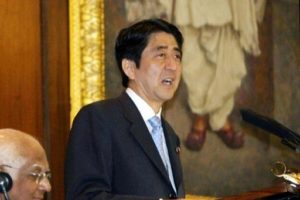 On his official visit to India, Japanese PM Mr. Shinzo Abe reinforced the ties of two nations, i.e., Japan and India with his famous speech about
On his official visit to India, Japanese PM Mr. Shinzo Abe reinforced the ties of two nations, i.e., Japan and India with his famous speech about  In 2007, Japanese President Shinzo Abe resigned from his post citing health reasons. This had a significant impact on QUAD as he was the architect & advocate of QUAD. His successor, Yasuo Fukuda, did not take up QUAD with such zeal leading to dormancy of the forum. (
In 2007, Japanese President Shinzo Abe resigned from his post citing health reasons. This had a significant impact on QUAD as he was the architect & advocate of QUAD. His successor, Yasuo Fukuda, did not take up QUAD with such zeal leading to dormancy of the forum. (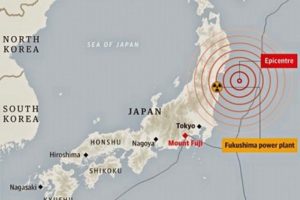 Japan earthquake and tsunami of 2011, also called Great Sendai Earthquake or Great Tōhoku Earthquake, was a 9.0 magnitude earthquake which struck below the floor of the Western Pacific at 2:49 PM. The powerful earthquake affected the northeastern coast of Honshu, Japan’s main island, and also initiated a series of large tsunami waves that devastated coastal areas of Japan, which also led to a major nuclear accident. Japan received aid from India, US, Australia as well as other countries. US Navy aircraft carrier was dispatched to the area and Australia sent search-and-rescue teams.
Japan earthquake and tsunami of 2011, also called Great Sendai Earthquake or Great Tōhoku Earthquake, was a 9.0 magnitude earthquake which struck below the floor of the Western Pacific at 2:49 PM. The powerful earthquake affected the northeastern coast of Honshu, Japan’s main island, and also initiated a series of large tsunami waves that devastated coastal areas of Japan, which also led to a major nuclear accident. Japan received aid from India, US, Australia as well as other countries. US Navy aircraft carrier was dispatched to the area and Australia sent search-and-rescue teams. 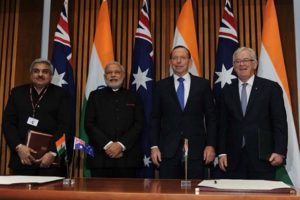 India and Australia signed the
India and Australia signed the  The India-Japan Agreement for Cooperation in the Peaceful Uses of Nuclear Energy was signed on 11 November, 2016 and came into force on 20 July, 2017 which was representative of strengthening ties between India and Japan. Diplomatic notes were exchanged between Dr. S. Jaishankar and H.E. Mr. Kenji Hiramatsu, Ambassador of Japan to India. (
The India-Japan Agreement for Cooperation in the Peaceful Uses of Nuclear Energy was signed on 11 November, 2016 and came into force on 20 July, 2017 which was representative of strengthening ties between India and Japan. Diplomatic notes were exchanged between Dr. S. Jaishankar and H.E. Mr. Kenji Hiramatsu, Ambassador of Japan to India. ( The foreign ministry
The foreign ministry The Officials of QUAD member countries met in Singapore on November 15, 2018 for consultation on regional & global issues of common interest. The main discussion revolved around connectivity, sustainable development, counter-terrorism, maritime and cyber security, with the view to promote peace, stability and prosperity in the
The Officials of QUAD member countries met in Singapore on November 15, 2018 for consultation on regional & global issues of common interest. The main discussion revolved around connectivity, sustainable development, counter-terrorism, maritime and cyber security, with the view to promote peace, stability and prosperity in the  The 23rd edition of trilateral Malabar maritime exercise between India, US and Japan took place on 26 September- 04 October, 2019 off the coast of Japan.
The 23rd edition of trilateral Malabar maritime exercise between India, US and Japan took place on 26 September- 04 October, 2019 off the coast of Japan.  After the first ministerial level meeting of QUAD in September, 2019, the senior officials of US, Japan, India and Australia again met for consultations in Bangkok on the margins of the East Asia Summit. Statements were issued separately by the four countries. Indian Ministry of External Affairs said “In statements issued separately by the four countries, MEA said, “proceeding from the strategic guidance of their Ministers, who met in New York City on the sidelines of the UN General Assembly recently, the officials exchanged views on ongoing and additional practical cooperation in the areas of connectivity and infrastructure development, and security matters, including counterterrorism, cyber and maritime security, with a view to promoting peace, security, stability, prosperity in the Indo-Pacific region.”
After the first ministerial level meeting of QUAD in September, 2019, the senior officials of US, Japan, India and Australia again met for consultations in Bangkok on the margins of the East Asia Summit. Statements were issued separately by the four countries. Indian Ministry of External Affairs said “In statements issued separately by the four countries, MEA said, “proceeding from the strategic guidance of their Ministers, who met in New York City on the sidelines of the UN General Assembly recently, the officials exchanged views on ongoing and additional practical cooperation in the areas of connectivity and infrastructure development, and security matters, including counterterrorism, cyber and maritime security, with a view to promoting peace, security, stability, prosperity in the Indo-Pacific region.” US 2+2 Ministerial Dialogue was held on 18 December, 2019, in Washington DC. Secretary of State Michael R. Pompeo and Secretary of Defense Mark T. Esper will host Indian Minister of External Affairs Dr. S. Jaishankar and Minister of Defense Shri Rajnath Singh. The discussion focussed on deepening bilateral strategic and defense cooperation, exchanging perspectives on global developments, and our shared leadership in the Indo-Pacific region.The two democracies signed the Industrial Security Annex before the 2+2 Dialogue. Assessments of the situation in Afghanistan, Pakistan, Nepal, Sri Lanka, and the Indian Ocean region in general were shared between both countries. (
US 2+2 Ministerial Dialogue was held on 18 December, 2019, in Washington DC. Secretary of State Michael R. Pompeo and Secretary of Defense Mark T. Esper will host Indian Minister of External Affairs Dr. S. Jaishankar and Minister of Defense Shri Rajnath Singh. The discussion focussed on deepening bilateral strategic and defense cooperation, exchanging perspectives on global developments, and our shared leadership in the Indo-Pacific region.The two democracies signed the Industrial Security Annex before the 2+2 Dialogue. Assessments of the situation in Afghanistan, Pakistan, Nepal, Sri Lanka, and the Indian Ocean region in general were shared between both countries. (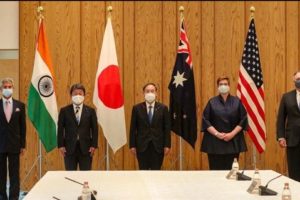 The foreign ministers of QUAD continued their discussions from the last ministerial level meeting in 2019, on 6 October, 2020. While there was no joint statement released, all countries issued individual readouts. As per the issue readout by India, the discussion called for a coordinated response to the challenges including financial problems emanating from the pandemic, best practices to combat Covid-19, increasing the resilience of supply chains, and enhancing access to affordable vaccines, medicines and medical equipment. There was also a focus on maintaining stability in the Indo-Pacific region amidst growing tensions. Australian media release mentions “We emphasised that, especially during a pandemic, it was vital that states work to ease tensions and avoid exacerbating long-standing disputes, work to counter disinformation, and refrain from malicious cyberspace activity. Ministers reiterated that states cannot assert maritime claims that are inconsistent with international law, particularly the United Nations Convention on the Law of the Sea (UNCLOS).”
The foreign ministers of QUAD continued their discussions from the last ministerial level meeting in 2019, on 6 October, 2020. While there was no joint statement released, all countries issued individual readouts. As per the issue readout by India, the discussion called for a coordinated response to the challenges including financial problems emanating from the pandemic, best practices to combat Covid-19, increasing the resilience of supply chains, and enhancing access to affordable vaccines, medicines and medical equipment. There was also a focus on maintaining stability in the Indo-Pacific region amidst growing tensions. Australian media release mentions “We emphasised that, especially during a pandemic, it was vital that states work to ease tensions and avoid exacerbating long-standing disputes, work to counter disinformation, and refrain from malicious cyberspace activity. Ministers reiterated that states cannot assert maritime claims that are inconsistent with international law, particularly the United Nations Convention on the Law of the Sea (UNCLOS).” On September 24, President Biden hosted Prime Minister Scott Morrison of Australia, Prime Minister Narendra Modi of India, and Prime Minister Yoshihide Suga of Japan at the White House for the first-ever in-person Leaders’ Summit of the QUAD. The leaders released a Joint Statement which summarised their dialogue and future course of action. The regional security of the Indo-Pacific and strong confidence in the ASEAN remained on the focus along with response to the Pandemic.
On September 24, President Biden hosted Prime Minister Scott Morrison of Australia, Prime Minister Narendra Modi of India, and Prime Minister Yoshihide Suga of Japan at the White House for the first-ever in-person Leaders’ Summit of the QUAD. The leaders released a Joint Statement which summarised their dialogue and future course of action. The regional security of the Indo-Pacific and strong confidence in the ASEAN remained on the focus along with response to the Pandemic. 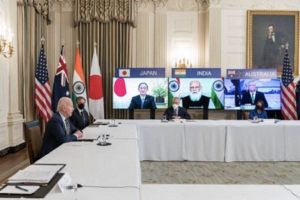 The QUAD Vaccine Partnership was announced at the first QUAD Summit on 12 March 2021 where QUAD countries agreed to deliver 1.2 billion vaccine doses globally. The aim was to expand and finance vaccine manufacturing and equipping the Indo-Pacific to build resilience against Covid-19. The launch of a senior-level QUAD Vaccine Experts Group, comprised of top scientists and officials from all QUAD member governments was also spearheaded.
The QUAD Vaccine Partnership was announced at the first QUAD Summit on 12 March 2021 where QUAD countries agreed to deliver 1.2 billion vaccine doses globally. The aim was to expand and finance vaccine manufacturing and equipping the Indo-Pacific to build resilience against Covid-19. The launch of a senior-level QUAD Vaccine Experts Group, comprised of top scientists and officials from all QUAD member governments was also spearheaded.  Although the Tsunami Core group had to be disbanded on fulfilment of its purpose, however the quadrilateral template that formed remained intact as a successful scaffolding of four countries, as stated by authors Patrick Gerard Buchan and Benjamin Rimland in their diplomatic brief about QUAD ( you can access the brief at
Although the Tsunami Core group had to be disbanded on fulfilment of its purpose, however the quadrilateral template that formed remained intact as a successful scaffolding of four countries, as stated by authors Patrick Gerard Buchan and Benjamin Rimland in their diplomatic brief about QUAD ( you can access the brief at  Secretary of State Colin Powell stated that the Core Tsunami Group was to be disbanded and folded and clubbed with the broader United Nations led Relief Operations. In a Tsunami Relief Conference in Jakarta, Secretary Powell stated that
Secretary of State Colin Powell stated that the Core Tsunami Group was to be disbanded and folded and clubbed with the broader United Nations led Relief Operations. In a Tsunami Relief Conference in Jakarta, Secretary Powell stated that 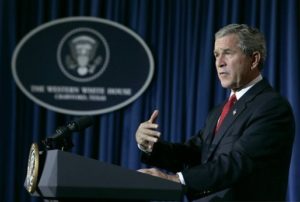 Soon after the Earthquake and Tsunami crisis, humanitarian reliefs by countries, viz., US, India, Japan, and Australia started to help the 13 havoc-stricken countries. The US initially promised $ 35 Millions in aid. However, on 29
Soon after the Earthquake and Tsunami crisis, humanitarian reliefs by countries, viz., US, India, Japan, and Australia started to help the 13 havoc-stricken countries. The US initially promised $ 35 Millions in aid. However, on 29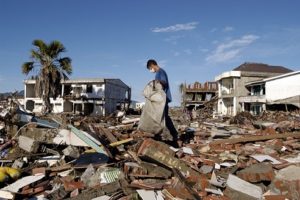 At 7:59AM local time, an earthquake of 9.1 magnitude (undersea) hit the coast of Sumatra, an Indonesian island. As a result of the same, massive waves of Tsunami triggered by the earthquake wreaked havoc for 7 hours across the Indian Ocean and to the coastal areas as far away as East Africa. The infamous Tsunami killed around 225,000 people, with people reporting the height of waves to be as high as 9 metres, i.e., 30 feet. Indonesia, Srilanka, India, Maldives, Thailand sustained horrendously massive damage, with the death toll exceeding 200,000 in Northern Sumatra’s Ache province alone. A great many people, i.e., around tens of thousands were found dead or missing in Srilanka and India, mostly from Andaman and Nicobar Islands of Indian territory. Maldives, being a low-lying country, also reported casualties in hundreds and more, with several non-Asian tourists reported dead or missing who were vacationing. Lack of food, water, medicines burgeoned the numbers of casualties, with the relief workers finding it difficult to reach the remotest areas where roads were destroyed or civil war raged. Long-term environmental damage ensued too, as both natural and man-made resources got demolished and diminished.
At 7:59AM local time, an earthquake of 9.1 magnitude (undersea) hit the coast of Sumatra, an Indonesian island. As a result of the same, massive waves of Tsunami triggered by the earthquake wreaked havoc for 7 hours across the Indian Ocean and to the coastal areas as far away as East Africa. The infamous Tsunami killed around 225,000 people, with people reporting the height of waves to be as high as 9 metres, i.e., 30 feet. Indonesia, Srilanka, India, Maldives, Thailand sustained horrendously massive damage, with the death toll exceeding 200,000 in Northern Sumatra’s Ache province alone. A great many people, i.e., around tens of thousands were found dead or missing in Srilanka and India, mostly from Andaman and Nicobar Islands of Indian territory. Maldives, being a low-lying country, also reported casualties in hundreds and more, with several non-Asian tourists reported dead or missing who were vacationing. Lack of food, water, medicines burgeoned the numbers of casualties, with the relief workers finding it difficult to reach the remotest areas where roads were destroyed or civil war raged. Long-term environmental damage ensued too, as both natural and man-made resources got demolished and diminished.
No responses yet